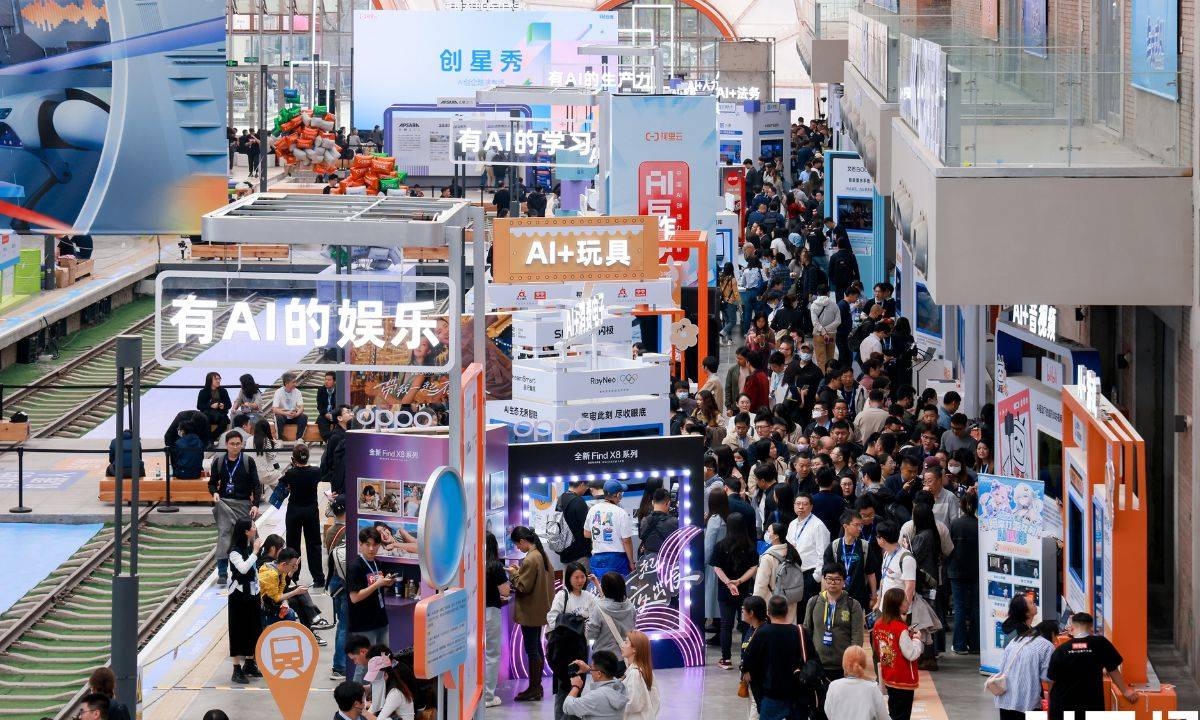
At the World Economic Forum annual meeting in Davos last week, Alibaba Group Executive Chairman Jack Ma told business and political leaders that Alibaba aspires to someday serve 2 billion consumers all over the world. Helping more than a quarter of the people on the planet shop internationally via the Internet may sound like an audacious plan on going global, but it’s one that we at Alibaba are already working on.
Consider what’s been happening at AliExpress, Alibaba’s global online shopping website. During last year’s 11.11 Shopping Festival, the world’s largest 24-hour online sale, AliExpress processed more than 6.8 million paid orders from consumers in Russia, Brazil, Spain, France, Israel—in fact, from shoppers worldwide. More recently, Shenzhen-based Chinese OEM mobile handset manufacturer UMI sold its self-branded phones to consumers from 53 countries during an AliExpress online promotion from Dec. 23 to Dec. 26; Taiwanese mobile-device maker Teclast later sold out an allotment of tablet computers duringa Jan. 8 product launch.
Similar results are expected for ZTE, a Chinese telecommunications-hardware manufacturer that today said it would work with AliExpresson the global debut of ZTE’s latest smartphone, the Blade S6. Carrying a pricetag of $249.99, the ZTE phone is targeted at consumers in Europe, Russia and Asia Pacific.The phone’sAliExpress launch on Feb. 10 comes a month ahead of the phone’s scheduled offline debut at the CeBit electronics show in Hannover, Germany.
The cooperation with ZTE is a significant milestone for AliExpress. It shows that rising Chinese consumer-electronics brands–even those like ZTE that already have an international presence–can leverage the AliExpress platform to reach new customers overseas.
AliExpress was officially launched in April, 2010, to help tens of thousands of small Chinese merchants selling on Taobao Marketplace, China’s largest shopping website, sell their goods beyond the borders of their homeland. At the time, most of the everyday items consumed globally were of course made in China. But these goods were shipped and sold through traditional supply chains and conventional mass retailers.
AliExpress set out to change that by giving consumers everywhere the ability to bypass the conventional middlemen—the distributors, the brick-and-mortar merchants, all of whom take a cut of every sale—and buy efficiently and often at lower cost directly from the source. While many consumers cannot pinpoint exactly where China is on a map, they can easily find Chinese products on AliExpress and make purchases with just a few clicks.
While the volume of this direct, online cross-border trade is still relatively small compared with traditional trading, it is growing quickly. This is particularly true in emerging economies, where the needs of expanding middle-class populations for reasonably priced branded goods are not being met because of underdeveloped physical retailing infrastructure. AliExpress is now the No. 1 online shopping website in terms of traffic in Russia and Israel, and is No. 2 in Brazil and Spain, according Web analytics company SimilarWeb.
A good example of this phenomenon is AliExpress’ cross-border sales to Russia, which have remained strong despite the country’s struggling economy and the stunning drop in the value of the ruble. From January to November last year, export orders for clothing imported through traditional channels recorded a sharp year-over-year decline, according to Russian customs statistics.
Yet during the same period, Russian clothing sales via AliExpress maintained double-digit growth rates. In fact, last year Chinese products sold to Russians shopping on AliExpress accounted for 4 percent of the total $20 billion worth of Chinese consumer goods exported to Russia, statistics from China’s customs agency indicate.
The cross-border online-shopping trend is likely to pick up speed, and as it does, Chinese manufacturers and AliExpress will evolve to meet demand. For example, consumers in less-developed countries are increasingly able to afford smartphones. But not everyone canpay forApple or Samsung products. This presents an opportunity for consumer-electronics manufacturers that have known brands in China to expand globally by exporting quality products at lower price points.
Breaking into to new markets theold-fashioned waycan be an expensive, time-consuming and risky proposition. Local employees must be hired, distributors brought on board and in some cases bricks-and-mortar stores opened, all while battling entrenched competitors. Many of the costs associated with theseactivities are eliminated by selling direct through online channels. And because AliExpress gathers and analyzes mountains of cross-border shopping data, it has valuable insights into the habits and preferences of foreign consumers. In coordination with brand owners, AliExpress can help identify the right products and pricing strategies for particular markets.
Indeed, the product mix on AliExpress is currently expanding from its emphasis on the sale of excess inventory and goods offered by little-known OEM manufacturers to products from rising Chinese consumer brands like ZTE. In partnership with AliExpress, they can now begin to design and sell consumer electronics with overseas consumers in mind, perhaps leading in the future to entirely new product categories populated with merchandise designed specifically to cater to specific countries and cultures.
Cross-border online shopping still faces significant challenges in the areas of international payments, logistics and customs clearance. At AliExpress, we’ve seen a country’s last-century delivery network completely overwhelmed by spikes in the volume of online orders for Chinese goods. AliExpress has been working steadily with many logistics partners to ensure faster international door-to-door delivery. Early this year, we plan to recruit to our platform 2,000 merchants that are already operating overseas warehouses. We are mainly targeting merchants in Southern China industrial zones such as Shenzhen, Guangzhou and Dongguan.
We are optimistic that over time, we will put in place a global e-commerce ecosystem that will be as powerful as the one Alibaba Group has built in China. We expect to see continued rapid growth of China’s cross-border retail trade through e-commerce channels like AliExpress.
Leo Shen is the General Manager of AliExpress.




